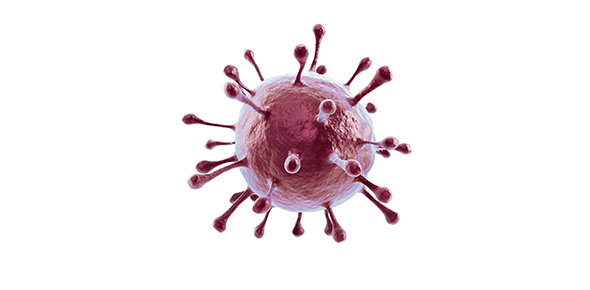Related Flashcards
Cards In This Set
| Front | Back |
|
Starting with one molecule of glucose, the energy-containing products of glycolysis are...?
|
2 NADH, 2 pyruvate, && 2 ATP
|
|
One function of both alcohol fermentation && lactic acid fermentation is to....?
|
Oxidize NADH to NAD+
|
|
Which metabolic pathway is common to both cellular respiration && fermentation?
|
Glycolysis
|
|
Substrate-level phosphorylation accounts for aproximately what percentage of the ATP formed by the reaction of glcolysis?
|
100%
|
|
Which one of these is formed by the removal of a carbon as Co2 from a molecule of pyruvate?
|
Acetyl CoA
|
|
How many carbon atoms are fed into the citric acid cycle as a result of one molecule of pyruvate?
|
Two
|
|
Starting with one molecule of isocrite && ending with fumarte, how many ATP molecules can be made through substrate-level phosphorylation?
|
one
|
|
Axpromiately how many molecules of ATP are produced from the complete oxidation of two molecules of glucose (C6H12O6) in aerobic cellular respiration?
|
60-64
|
|
Chemiosmosis ATP synthesis (oxidative phosphorylation) occurs in...?
|
All respiring cells, both prokaryotic & eukaryotic, using oxygen or other electron acceptors
|
|
what descirbes this reaction? C6H1206+6CO2---> 6CO2+6H20+energy
|
C6H1206 is oxidized && 02 is reduced
|
|
For each molecule of glucose that is metabolized by glycolysis & the citric acid cycle, what is the total number of NADH + FADH2 molecules produced?
|
12
|
|
Where are the proteins of the electron transport chain located?
|
Mitochondrial inner membrane
|
|
Starting with citrate, which of the following combinations of products would result from three acetycl CoA molecules entering the citric acid cycle?
|
3 ATP, 6 CO2, 9 NADH, && 3 NADH2
|
|
During glycolysis, when each molecule of glucose is catabolized to 2 molecules of pyruvate, most of the potential energy contained in glucose is
|
Retained in 2 pyruvates
|






